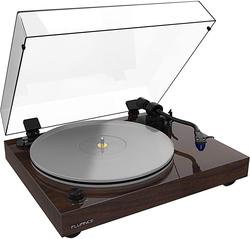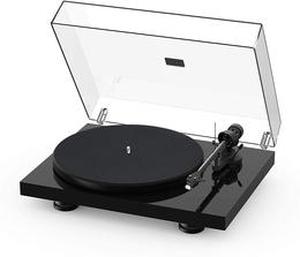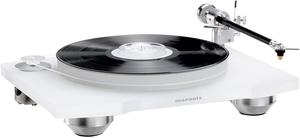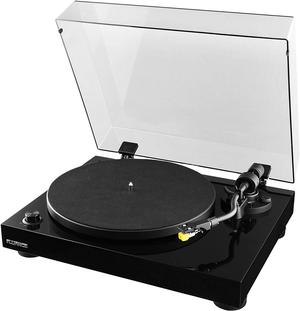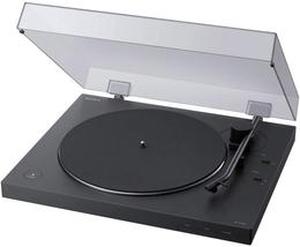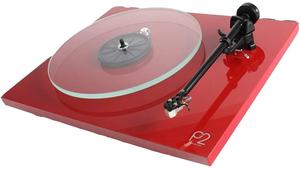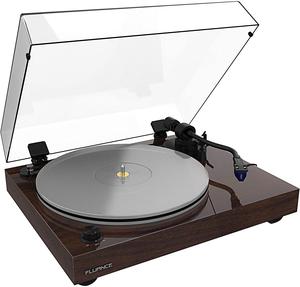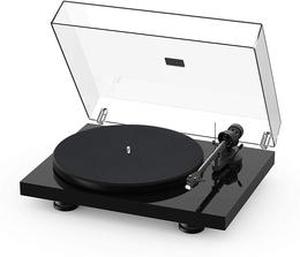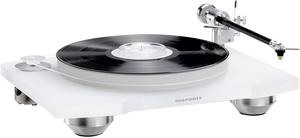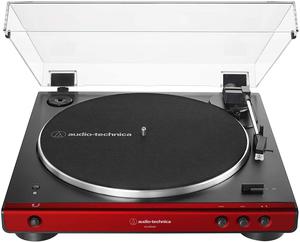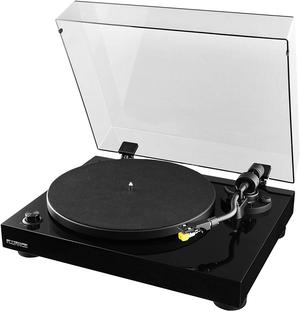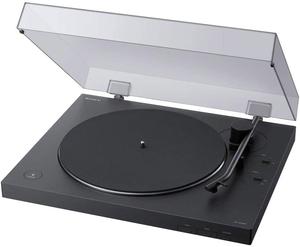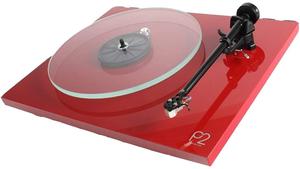Choosing the Best Beginner Vinyl Turntable Review
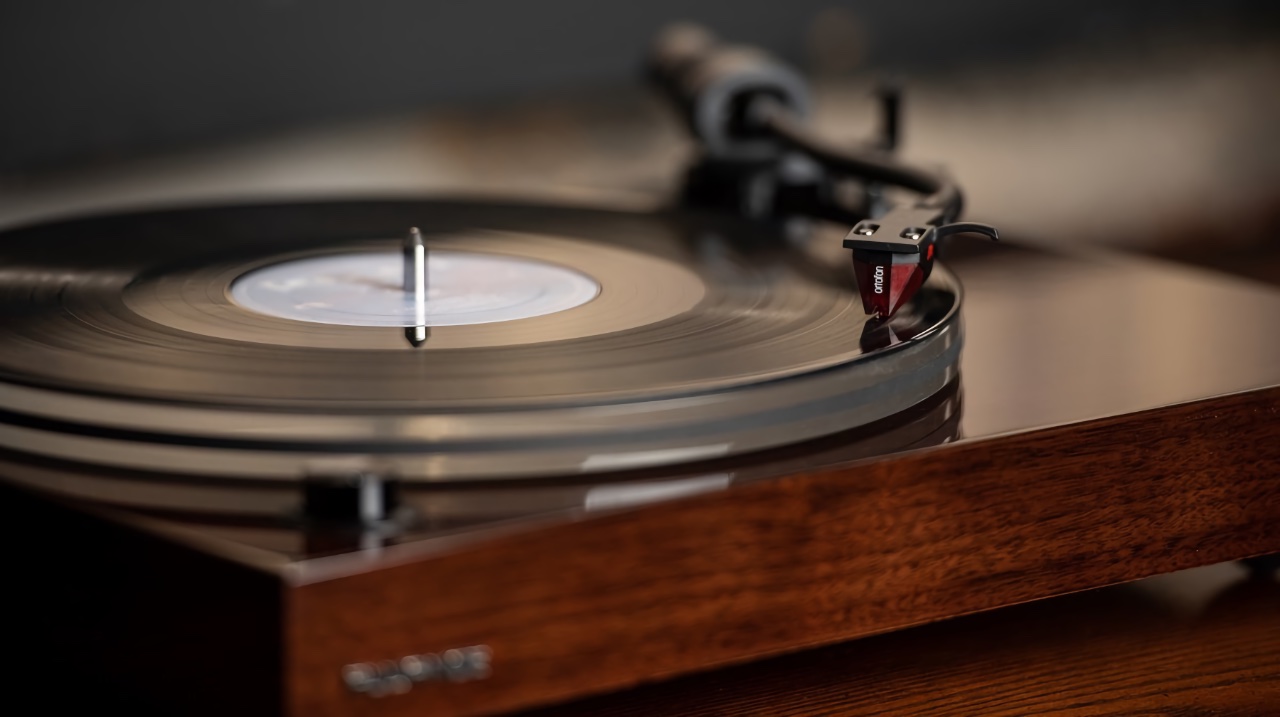
How to Define a Proper Vinyl Turntable for a Beginner?
If you for some reason want to buy a vinyl turntable and you are intimidated by obscure terms like "tonearm", "cartridge", "phono cartridge" or "direct drive", then we will tell you how to avoid mistakes when choosing a turntable. We do not review and strongly recommend not to purchase models under $100. Appropriate turntables now cost from $100 to $300 and are suitable for the beginning user. For those who want to get more out of the record player, we suggest paying attention to models from $300 to $1000.
Entry level vinyl record players ranging in price from $100 to $300 are a great start for those who are still considering whether or not to get serious about collecting records. The low price and ease of use won't disappoint even if you end up going digital and limiting your vinyl collection to a few of your favourite albums.
Medium level turntables from $300 to $1000 can be recommended to those who thoroughly decided to collect their favourite music and new releases on records. The price of the devices is still reasonable, but the possibilities of upgrading and clever design leave room for future improvements.
Advanced level turntables with the price above $1000 are better suited for sophisticated users. But even if you are a beginner, and feel quite sure about your new hobby, why not to enjoy all the best features, combined with cool design.
7 Best Vinyl Turntable Record Players for Beginners - Rating & Overview
Below you'll find our best picks of vinyl turntables for your consideration.
Detailed Overview
- Material: wood
- Weight: 16.76 lbs
- Speed: 33-1 / 3 and 45 rpm
- Material: alloy steel
- Weight 13.2 lbs
- Speed: 33, 45 / (78) rpm (electronic speed change)
- Material: wood, plastic
- Weight: 19.6 lbs.
- Speed : 33 1/3 and 45 rpm
- Material: vinyl
- Weight: 5 lbs
- Speeds: 33-1 / 3 and 45 rpm
- Material: wood
- Weight 9.9 lbs
- Speed: 33-1 / 3 and 45 rpm
- Material: vinyl
- Weigh:t 7.9 lbs
- 2 Speeds: 33 1/3 rpm and 45 rpm, 45 rpm adapter neatly tucked into slot under deck
- Material: plastic
- Weight: 12.12 lbs
- Speed: 33-3 / 3 and 45 rpm
How to Choose a Turntable Record Player? - Buyer's Guide
New or Retro Turntable?
There is an opinion that it is better to buy a retro record player as the very first one - they say that even if it breaks, it won't be a problem to find a spare part. After all, up to the beginning of the 90s vinyl turntables were the main source of music, and this, in turn, means huge circulations of turntables coming out of the factory conveyors.
Therein lies the catch. We are all aware of modern technology and understand the difference between Apple's top-of-the-line iPhones and the nameless Chinese rubbish that is sold by the millions for peanuts, never leaves China, breaks down quickly and is thrown away with no regrets. So if we take the 70's and 80's of the last century, the heyday of vinyl, then the ratio of good turntables to worthless rubbish is the same. Vintage is not necessarily quality. Often they were quite bad new turntables, which after about 50 years turned into just as bad, but already very old turntables.
And you need it working for more than a week.
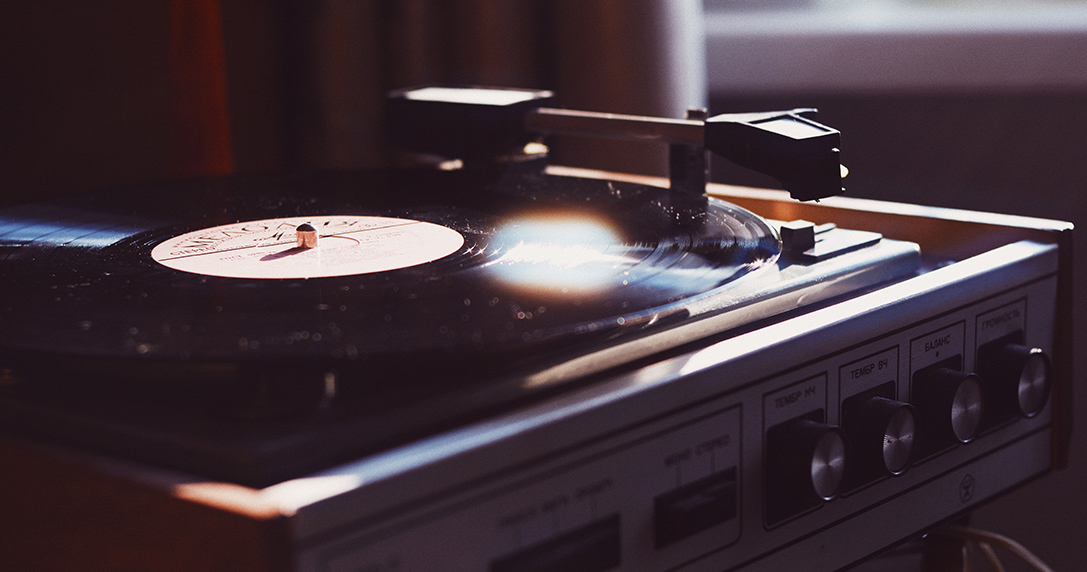
If you're a vintage fans and think that a good vinyl turntable (and the technology itself is really vintage) has to be old. Well, okay, your right. But if you want vintage turntable in good condition - prepare lots of money. Believe me, really a lot.
But think, what if it turns out that all this fuss about records was a momentary impulse and it isn't yours at all? How soon will you find someone who would pay for your expensive vintage record player the sum you were ready to pay?
Unfortunately, there is such a thing as physical rules and the wear and tear of materials. No matter how it is, no matter how perfect the storage conditions are, you should understand one basic idea: 30-50 year old vintage turntables break down. That's it. Full stop. You're left alone with a costly problem. In most cases even unsolvable. Is that really what you, a beginner, need?
Coming back to mass production of 70's, it is necessary to mention one more important detail: there were thousands of producers 50 years ago, now they have decreased to a couple of dozens worthy to be mentioned. The market has shrunk, too. And what happens to competition in such cases? That's right - it gets increased. Almost none of the modern producers tries to produce and sell crap. It just doesn't make any sense.
Vinyl Turntable Design
The question of design is not a question of how a turntable is built. In general, they all work pretty much the same way: the plinth, the platter, the tonearm, and the needle cartridge. The differences begin in the materials of construction and in the electronic contents. These are the variables that distinguish a good vinyl turntable from a bad one.
Design is purely a matter of taste. Most beginner hobbyists, especially young people, by default imagine a turntable design "like the DJ from that movie".
In fact, there are more than one type of vinyl turntable design. And despite design similarities, they differ in structure.
Portable Record Player. The one we NEVER recommend to buy is a portable record player. Do not buy this cute "suitcase'! All portable vinyl players have one thing in common: they make your favourite record a one-time thing. So it is better to choose a vinyl record player from a budget range, but still something qualitative and stationary.
At the moment, the standard design of modern vinyl turntables is a healthy minimalism.
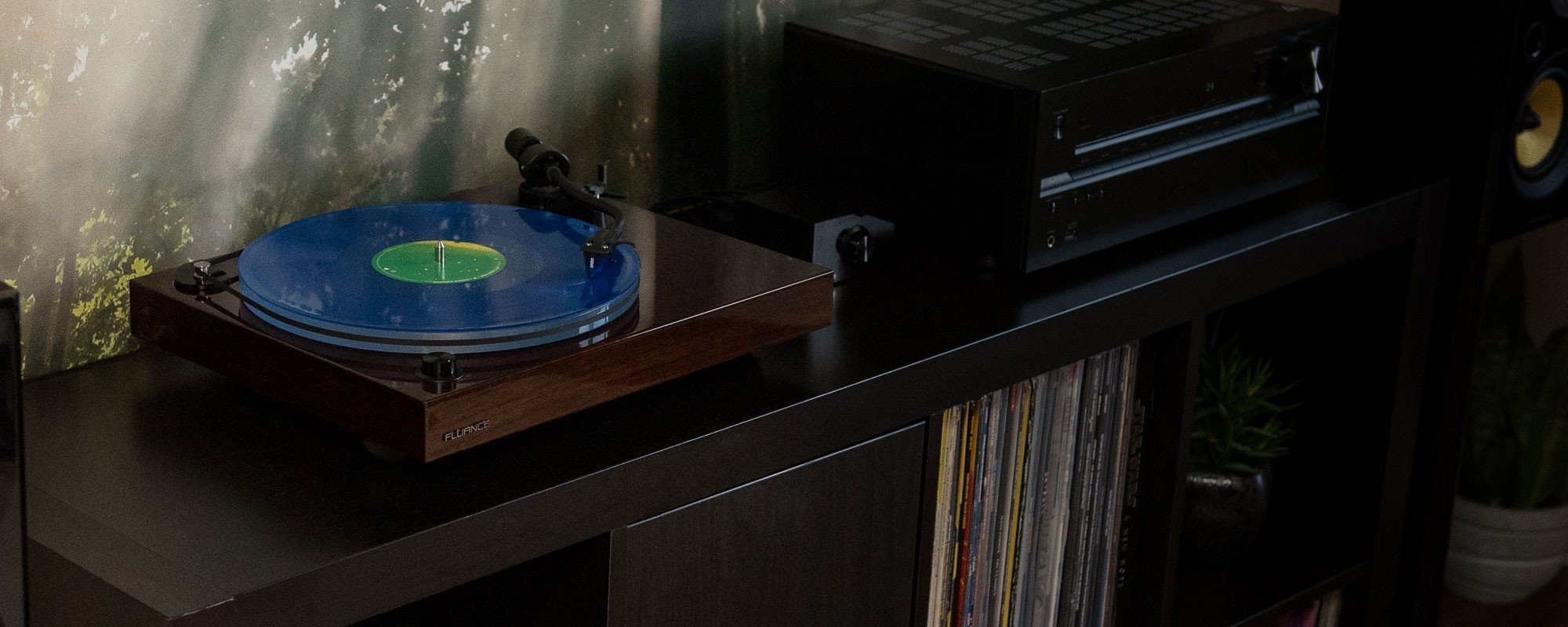
Some people will find the appearance of modern turntables boring, others will find them remarkably strict. But even if this minimalism is not to your liking, it is quite possible to find a vintage look among modern models.
But what is really important is that no correlation between vintage design of a modern inexpensive entry level vinyl turntable and its sound has been proven yet. The reason is simple - there isn't one. Such a correlation is found in a completely different price range.
Vinyl Turntable Design Differences
Direct Drive vs Belt Drive
The design of the direct drive, where the platter is put, so to speak, directly "on the motor," is its main disadvantage. Why? The answer is simple: vibration. It is transmitted directly to the platter, from the platter to the record, from the record to the needle and further along the whole track directly to your acoustics, accompanying the music with quite noticeable background noise.
Of course, this noise is rather relative. It is possible to meet turntables, which transmit the background vibration of 50 Hz from the power supply to the needle, but this tells only that the construction of this vinyl turntable is a total crap and you do not need such a turntable at all. In other cases, the proper design and vibration isolation reduce the disadvantages of the direct drive to nearly zero.

Nevertheless, to provide high-quality sound on a direct drive is an additional effort of engineers and additional financial costs. Including quite noticeable ones for the client, i.e. for you. And for a beginner it is an important point.
At the same time, a belt-driven vinyl turntable is designed by default in such a way that it simply cannot face the problems of background vibration.
Automatic or Manual Control
Both turntable controls have their fans and foes. The author of these lines gravitates toward the semi-automatic: the record has finished playing, the autostop is triggered and the needle rises into the air. If there is also an auto-return, that's fine, but not obligatory.
Why don't I like turntables with full manual control? Quite simply: I can't always walk up to the turntable as soon as the side is finished to stop spinning and put the tone arm back in place. Consequently, the record will spin and the needle will saw it. Probably for a long time.
Of course, the service life of modern needles is such that even a few hours in such a state will not hurt it. But there may be some unpleasant issues with the record. Practical experience shows that it takes a couple of weeks for a needle to penetrate the vinyl at 33,3 rpm (industry standard). Of course, no one would ever do this at home, but still, even an extra hour - what for?
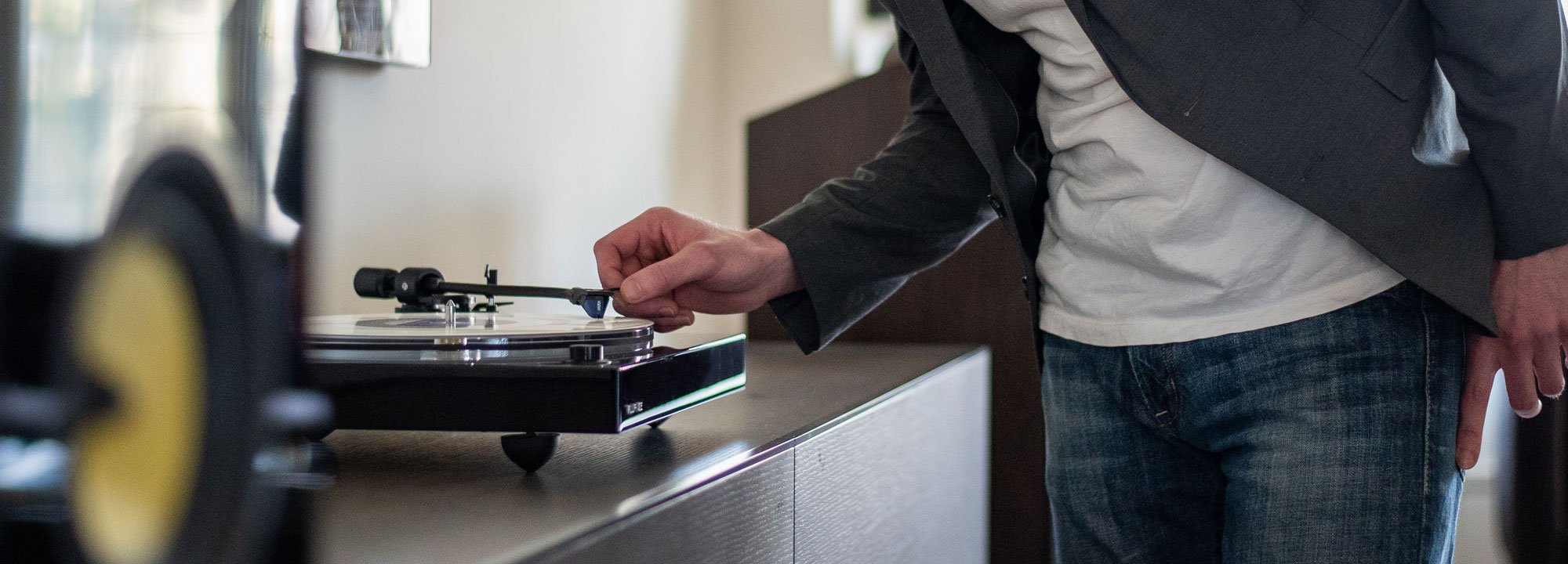
Modern manufacturers of entry-level and mid-level turntables don't like autostop. So the most common mistake here would be to buy a vintage turntable with an autostop. Believe me, statistics says that autostop and auto-return system is the first thing that breaks down in 30-50 year old turntables. It's simply unreal to fix.
In some cases it is possible to bring the turntable back to life by just removing the automatics from it. But what will you get as a result? Correct - an old and broken turntable without autostop. There are cases when all turntable systems are interconnected and breakage of an autostop means breakage of the whole turntable. Forever.
Therefore, regardless of the resistance from the majority of manufacturers and the common opinion that low-cost turntables with an Autostop do not exist, there were several companies who approached the issue reasonably and released the turntables of the entry level with a simple and reliable automated control.
Built-In or External Phono Preamplifier (Preamp)
You have to understand that the design of a vinyl turntable does not allow the audio signal to be sent directly to the input of an amplifier. Without going into technical terms, the signal is too weak to be "heard" by the amplifier. To remedy this situation, so-called preamps are used - special intermediate devices that amplify the output signal of the turntable to the desired parameters.
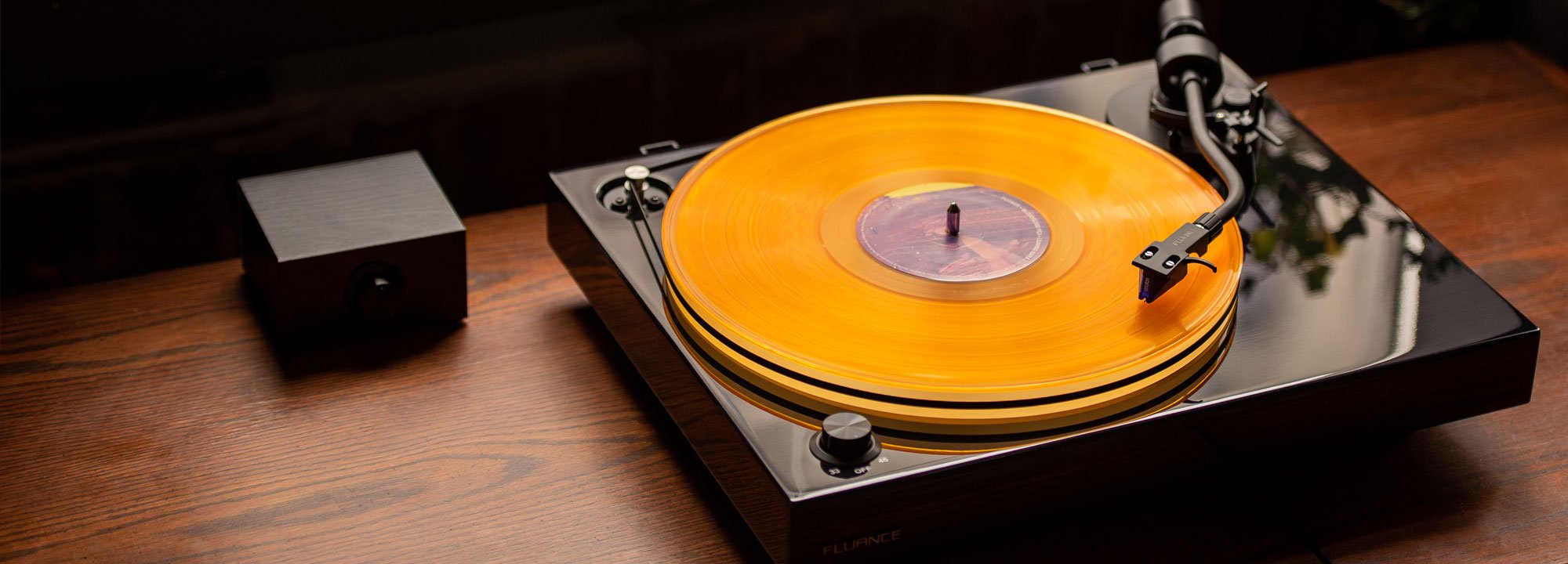
Depending on the turntable device, the preamp can be either external or built-in. Built-in preamp brings the buyer closer to the point of "bought the turntable and started using it", external pre-amp gives room for imagination and emptying your wallet.
Luckily most of modern vinyl turntables, especially entry level ones, have a switchable built-in preamp selector. This means that if the user eventually wants some improvements, it will be enough to connect the phono/line switch to the chain of devices and put it in the appropriate position.
Let's Sum Up
Well, let's summarise the basic principles. A first-time vinyl turntable user should remember the following:
- Right: to buy a new turntable with belt drive, with built-in preamp (optional) and autostop.
- Wrong: to buy a vintage turntable with direct drive, without built-in preamp and with an autostop (which will break anyway).
It only remains to decide on a budget you are ready to spend, and choose a corresponding model of vinyl turntable to buy.
Of course, there are much more expensive vinyl turntables, offering users a lot of opportunities for upgrades and additional options. In the context of our task - to help you decide on a good vinyl turntable for beginners - we will not dig deep into more expensive models. Begin with one of the models reviewed, slowly collect a few favorite records, and then it will become clear if this hobby is yours.
Vinyl turntables costing tens of thousands of dollars also exist, but we definitely don't recommend to start with them untill you master entry level.
Fluence RT85
Author’s Choice
- Material: wood
- Weight: 16.76 lbs
- Speed: 33 1/3 rpm, 45 rpm
Fluence RT85 has excellent elliptical cartridge playback with rich and natural sound, allowing you to fully immerse and enjoy your music. Add to the list an autostop function, a feature the competition lacks, and RT85 is almost perfect. Almost - because the RT85 has no built-in preamp, which will inevitably lead to extra costs. Fluance offers an external pa10 preamp that provides ultra-fine line-level conversion to reproduce the original RIAA-compliant recording as accurately as possible.
As you remember, here preamp is not built-in, so you have yo buy it separately. With preamp the turntable will sound deep, strong and individual. The manufacturer recommends this one: Fluance PA10 High Fidelity Phono Preamp
If you are 100% sure you want to begin with something ready-to -play, you can choose one of previous Fluence turntableswith an integrated phono preamp.
Pros:
- Isolated motor prevents unwanted vibration and noise
- Autostop
- Belt drive
- Solid wood plinth for excellent resistance to vibrations
- Sound clarity thanks to acrylic platter
Cons:
- No built-in preamp
Pro-Ject Debut Carbon EVO
People's Choice
- Material: alloy steel
- Weight 13.2 lbs
- Speed: 33, 45 / (78) rpm (electronic speed change)
Pro-Ject is probably the most famous European company that produces vinyl turntables. The word Carbon in the name of this model is not accidental: it is the material used to make its tonearm. Right at the factory a Sumiko Rainier cartridge is installed and adjusted on the tonearm, and the turntable boasts an electronic switch and speed control. Unfortunately, it doesn't have an autostop.
Pros:
- Electronic speed switch
- Adjustable insulating feet
- Foam mat for the record
- Built-in phono preamp
Cons:
- No Auto Stop function
Marantz TT-15S1
Premium Choice
Uncompromising quality and beauty are the two keys to the success of the Marantz Premium Model. A massive acrylic housing and a 3 cm thick platter, ceramic bearings, a motor isolated from the chassis, and aluminum supports eliminate any vibration.
And an anodized tonearm and an exclusive MM cartridge with non-contact anti-skating system ensure accurate soundstage and detail.
Pros:
- Sturdy plinth belt drive
- Resistant to uneven surfaces thanks to the solid aluminum feet
- High sound quality
- Elegant design
Cons:
- No Auto Stop function
- No Phono Preamp
Audio-Technica AT-LP60XBT
Best Budget
With similar characteristics to Sony PS-LX310BT, the product from Audio-Technica differs with simplified design and not the best materials. Bluetooth and a built-in phono preamplifier are also available, but the function of digitizing vinyl at least to MP3 is no longer provided. But the price will please the most thrifty beginners.
Pros:
- Built-in phono preamp
- Wireless connectivity, Bluetooth
- Built-in coil with dual moving magnet and replaceable diamond needle
Cons:
- No function to digitize vinyl
Fluance RT80
Best for Upgrade Fans
With this model Fluance provides beginners with a solid wood plinth, adjustable tonearm with cartridge upgrade option, attention to detail and a very reputable appearance. The built-in preamp is also here, as well as an autostop. But no MP3 or Bluetooth in Fluance, as this product is still at another level, even if this model is junior in the line.
Pros:
- Belt drive
- Auto Stop function
- Built-in phono preamp
- Diamond tip stylus for high-definition sound
- Flawless playback with balanced aluminum S-type tonearm
Cons:
- No Bluetooth
- No digitizing function
Sony PS-LX310BT
Best for Beginners
With the Sony PS-LX310BT you get a modern, sleek design, a built-in switchable pre-amp, an auto-stop and auto-return system, a perfectly factory-balanced tonearm, a vibration-free belt drive, and ease of use. "Turn it on and it just works" - that's exactly about this model. A bonus is the ability to digitize vinyl records to MP3 and listen to music via Bluetooth.
Pros:
- Wireless connectivity, Bluetooth
- Built-in switchable phono preamp
- RCA cables for direct connection to your stereo system are included
- Cast aluminum disk reduces vibration for improved clarity and sound quality
- Autostop
Cons:
- No vinyl digitizing function
Rega Planar 2
Best Design
Pro-Ject and Rega are twins and long-time competitors in the battle for the sympathy of vinyl fans. With many similarities, the Rega Planar 2 has one very noticeable difference: the glass platter. It is so neatly made that records can be placed directly on it without using a felt or rubber mat. As for the disadvantages of the model - again, the lack of an autostop.
Pros:
- Low noise and low vibration motor
- New improved foot assembly for increased stability and reduced vibration transmission
- Motor cover tray is with a built-in cooling
Cons:
- No Auto Stop function
Frequently Asked Questions about Vinyl Turntables
Why do you need a vinyl record player in our "digital" age?
There are legends among vinyl lovers about the "warm" analog sound and its incredible quality, but you have to admit that not everyone can really hear the difference between a vinyl record and a quality streaming service. And even if they can, they are unlikely to guess 100% in a blind test which piece from which source they have heard on. So why do people buy vinyl record players?
First and foremost, it's about aesthetics. Over the years, vinyl record covers have been created by some of the best artists and designers of their time. Many of these covers became canonical and are considered true art.
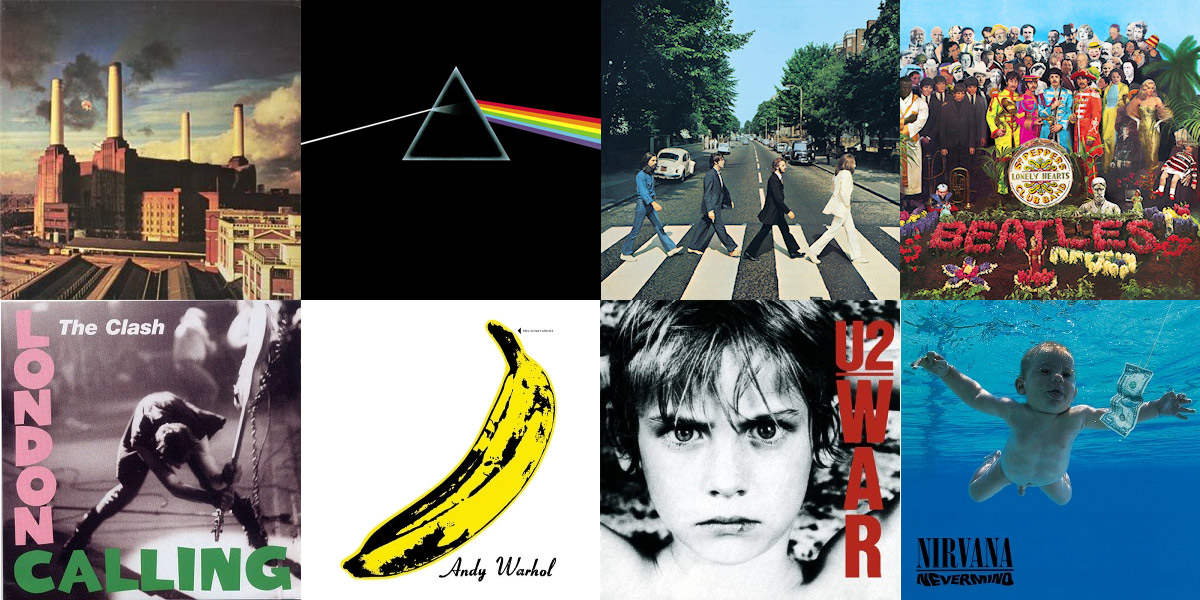
In addition, there is a kind of magic in the very ritual of taking a record out of its envelope and putting it on the turntable absent in the tapping of your fingers on the Apple Music or Spotify interface. Plus, using a vinyl turntable accustoms you to listening to music in albums as the creators intended them. This is quite different from the playlist culture, which prevents you from focusing on the entire piece.
And finally, by buying a vinyl record player and collecting records, you're supporting your favourite artists in a much more visible way than micro royalties from listening to music on streaming services. At the very least, it's fairer to the artists.
Why does this review say that you shouldn't buy a portable record player?
The design of vinyl turntables and tuning of vinyl turntables (if we talk about more advanced models than discussed in this article) are quite complex matters, deserving large separate articles. Therefore, in the answer to this question we will dwell only on two parameters: tracking force and anti-skating.
The tracking force, as the name implies, is responsible for the force with which the needle presses down on the record from top to bottom. If the tracking force is insufficient, the needle will bounce and pull away from the record at every "loud" moment of the track, and if it is excessive, the needle will press so hard that it will start to destroy the record tracks.

Antiskating in vinyl record players is responsible for the same thing, but with respect to needle side pressure. Excessive pressure to the right or left, firstly, disrupts the balance of the right and left channels, and secondly, is capable of destroying the record track wall in exactly the same way.
Returning to the question, we can note that the manufacturers of portable vinyl turntables (those suitcases) do not pay attention to these characteristics at all. As a consequence, an excessively "heavy" needle cartridge, which is installed in such portable turntables, is guaranteed to destroy the record in 2-3 listening sessions.
Where to put a vinyl turntable?
It's very simple: wherever you like. But there are a few requirements to consider.
First of all, a vinyl record player, even an entry level one, must be placed on a strictly horizontal surface. Any misalignment affects the tracking force and anti-skating, and not all entry level models of vinyl turntables are equipped with manual adjustment.
Secondly, you need to make sure that this surface is resistant to vibrations. If your floor is shaking, even an ordinary step can lead to bouncing of the needle, and this does not add to the listening pleasure. So in some cases it makes sense to consider vibration isolation in the form of special additional feet.
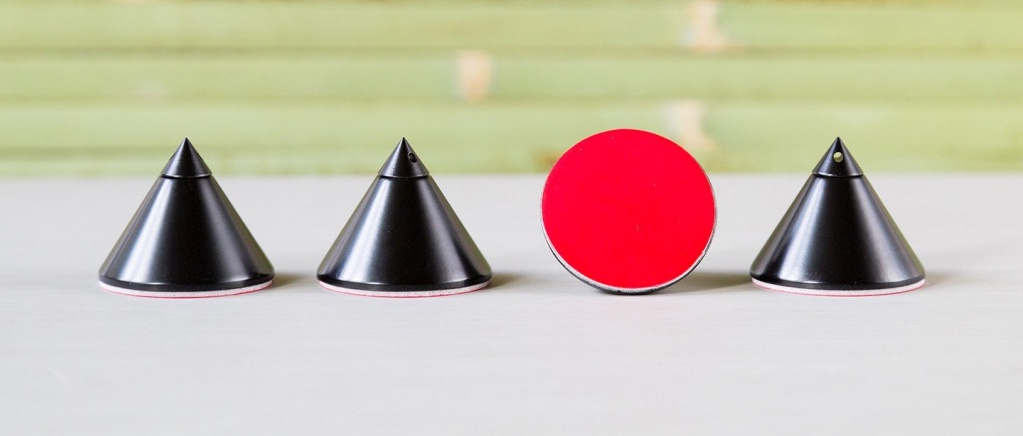
And in the third place you should keep in mind that installing a vinyl turntable in the way of sound waves from the acoustics will not do any good either. The needle vibrates under the influence of the uneven tracks on the record, these vibrations eventually turn into the sound (sometimes quite loud) from the speakers, which eventually hits the needle, which vibrates under the influence of the uneven tracks on the record... Further you can imagine the effect yourself.
In Lieu of an Afterword
One single article cannot tell you about all vinyl turntable manufacturers and mention all the nuances of both primary settings and options for connecting this equipment to a variety of devices. We also haven't mentioned a word about how to store records and how to take care of them, about the differences in types of cartridges and many, many other things. But we will definitely tell you about it in the near future.
